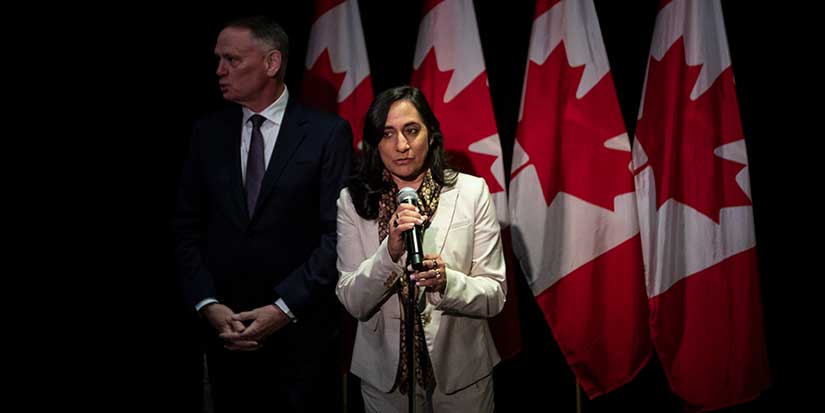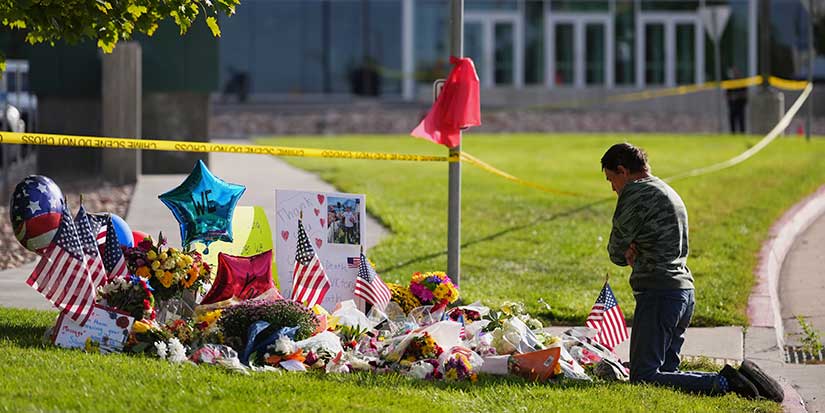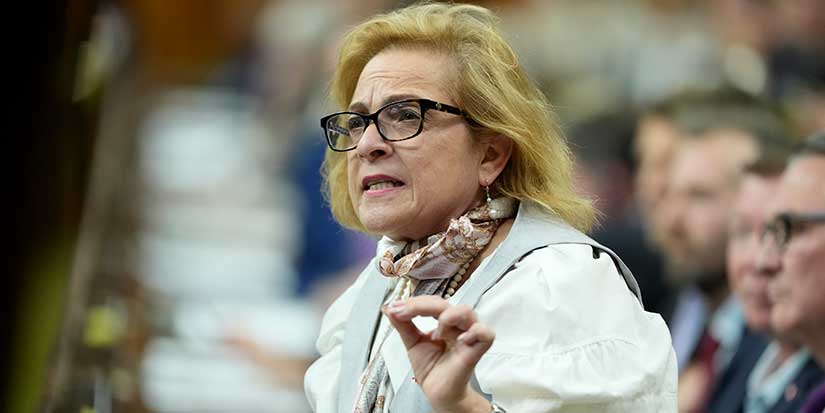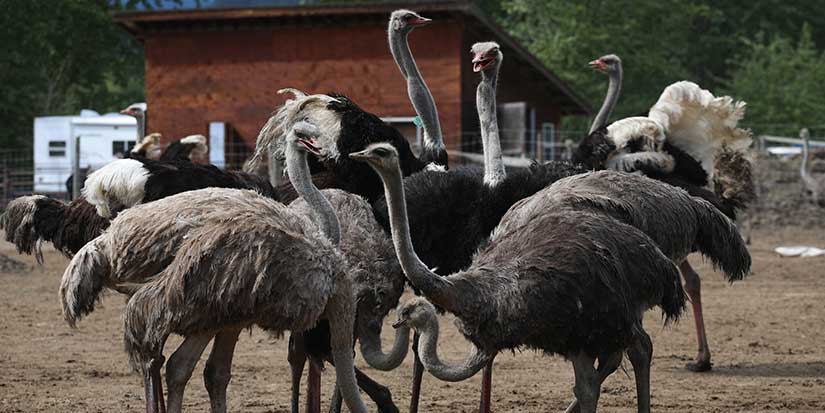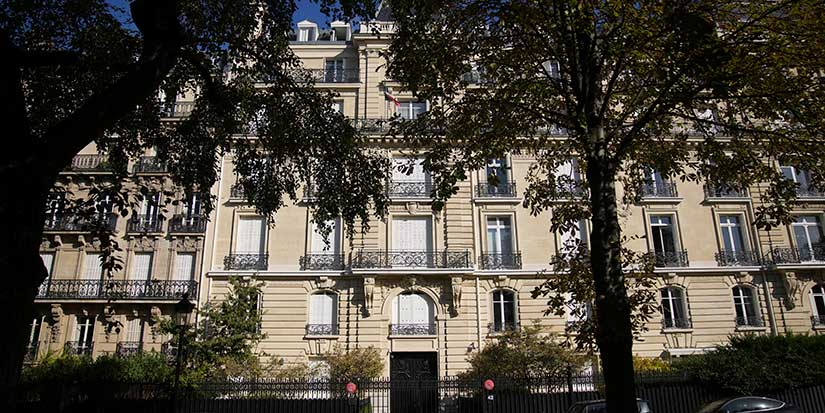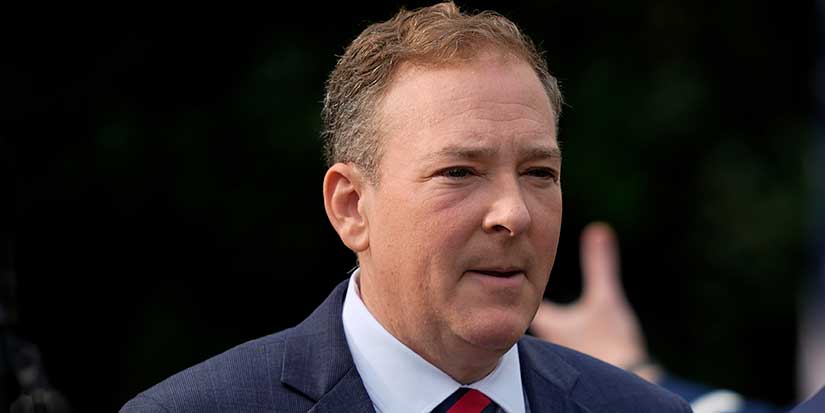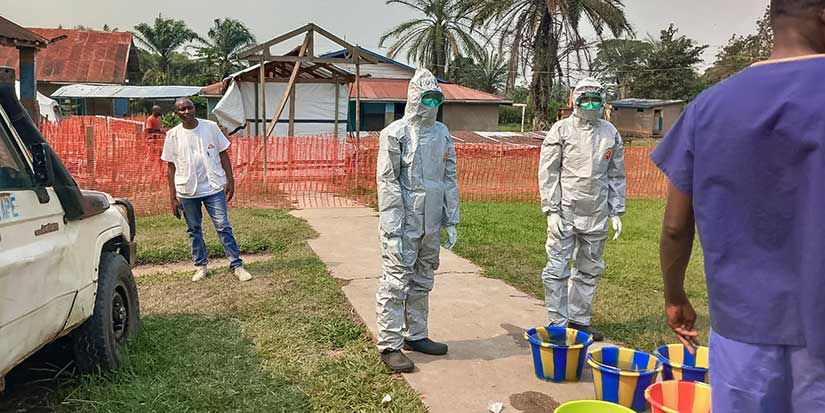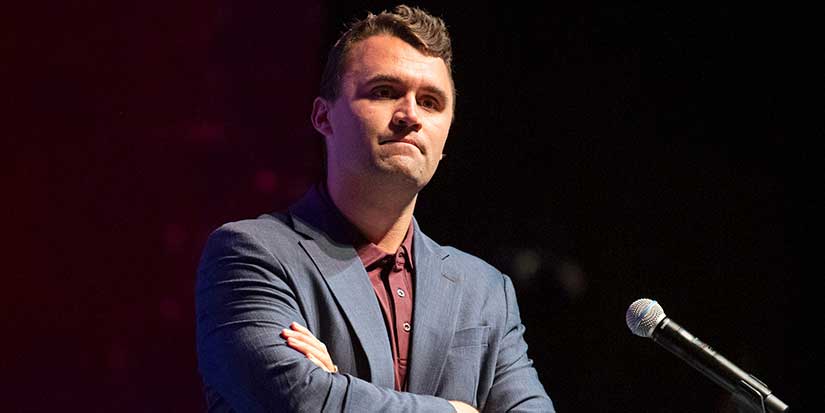Latest News
Federal budget focused on recovery
By Don Fennell
Published 10:20 PDT, Wed April 28, 2021
—
The federal budget, released April 19 by Finance Minister Chrystia Freeland, is focused squarely on recovery.
Budget 2021: A Recovery Plan for Jobs, Growth and Resilience, centers on the Government of Canada’s plan to “finish the fight against COVID-19, and creating more jobs and prosperity for Canadians in the days—and decades—to come.”
“It’s about meeting the urgent needs of today, and about building for the long term,” Freeland said. “It’s a budget focused on middle-class Canadians, and on pulling more Canadians up into the middle class.”
In a Friday Zoom meeting with the Richmond-based ICONNBC Business Association, Associate Finance Minister Mona Fortier and Defence Minister Harjit Sajjan provided local members of the business community with further insight into the 739-page budget.
Fortier said the budget recognizes the immediate need to complete the COVID-19 vaccination campaign. On March 25, the government tabled legislation to provide a one-time payment of up to $1 billion to provinces and territories to help get shots into arms as quickly as possible.
The budget also focuses on the health of business—particularly small business, Fortier said, with the Canada Recovery Hiring Program (expected to cost $595 million in 2021-22) designed to help Canadian-controlled private corporations, individuals, charities, and non-profits hire the workers they need so that the economy can recover fully and quickly.
A new Canada Digital Adoption Program also aims to assist over 160,000 businesses with the cost of new technology.
Small businesses will be able to fully expense up to $1.5 million in capital investments in a broad range of assets, including digital technology and intellectual property.
Fortier said more than 16,000 women have been forced to completely leave Canada’s labour market during the pandemic. She said one of the big solutions is child care.
“COVID made it clear that child care is not only a social issue but also an urgent economic issue,” she said.
The budget introduces a national early learning a child care plan that aims to provide jobs for workers, the majority of whom are women; while enabling parents, particularly mothers, tor each their full economic potential. At the same time it aims to create a generation of engaged and “well-prepared” young learners.
To support the vision, the budget proposes new investments of up to $30 billion over the next five years for early learning and child care and Indigenous early learning and child care.
“As someone who literally started their own daycare in my basement, and as a mother of three, I can tell you how transformative this will be for so many,” Fortier said.
She added the goal is to reduce by 50 per cent the cost of child care by next year, and be able to realize a long-term goal of $10-a-day child care by the end of 2026.
Fortier also addressed concerns raised from non-profit charities that have struggled to provide support for those most vulnerable. Some $400 million is being earmarked to Employment and Social Development Canada in 2021-22 to create a temporary Community Services Recovery Fund to help charities and non-profits adapt and modernize to better support economic recovery.
The budget also includes topping up the Emergency Food Security and Local Food Infrastructure Fund to the tune of $140 million to prevent hunger and strengthen food security in our communities.












